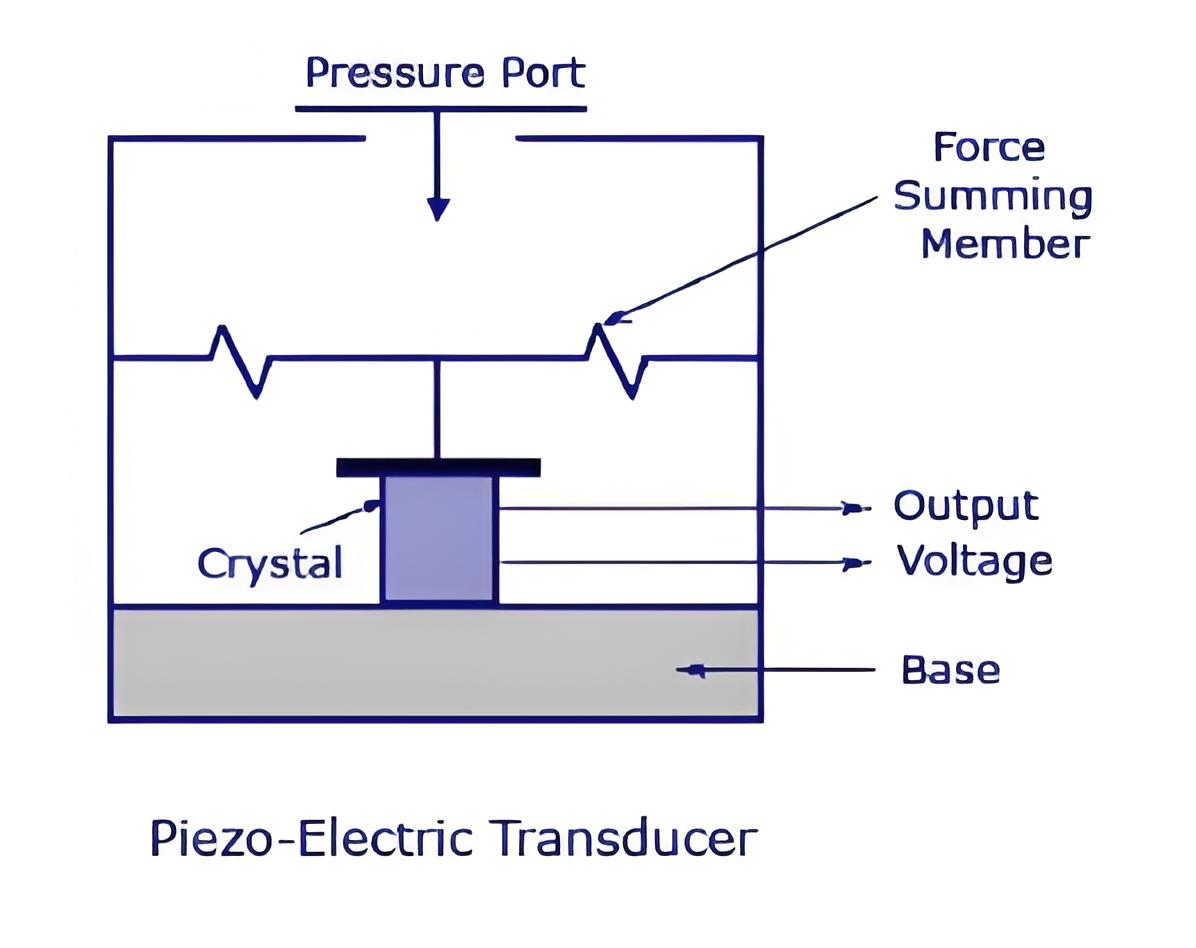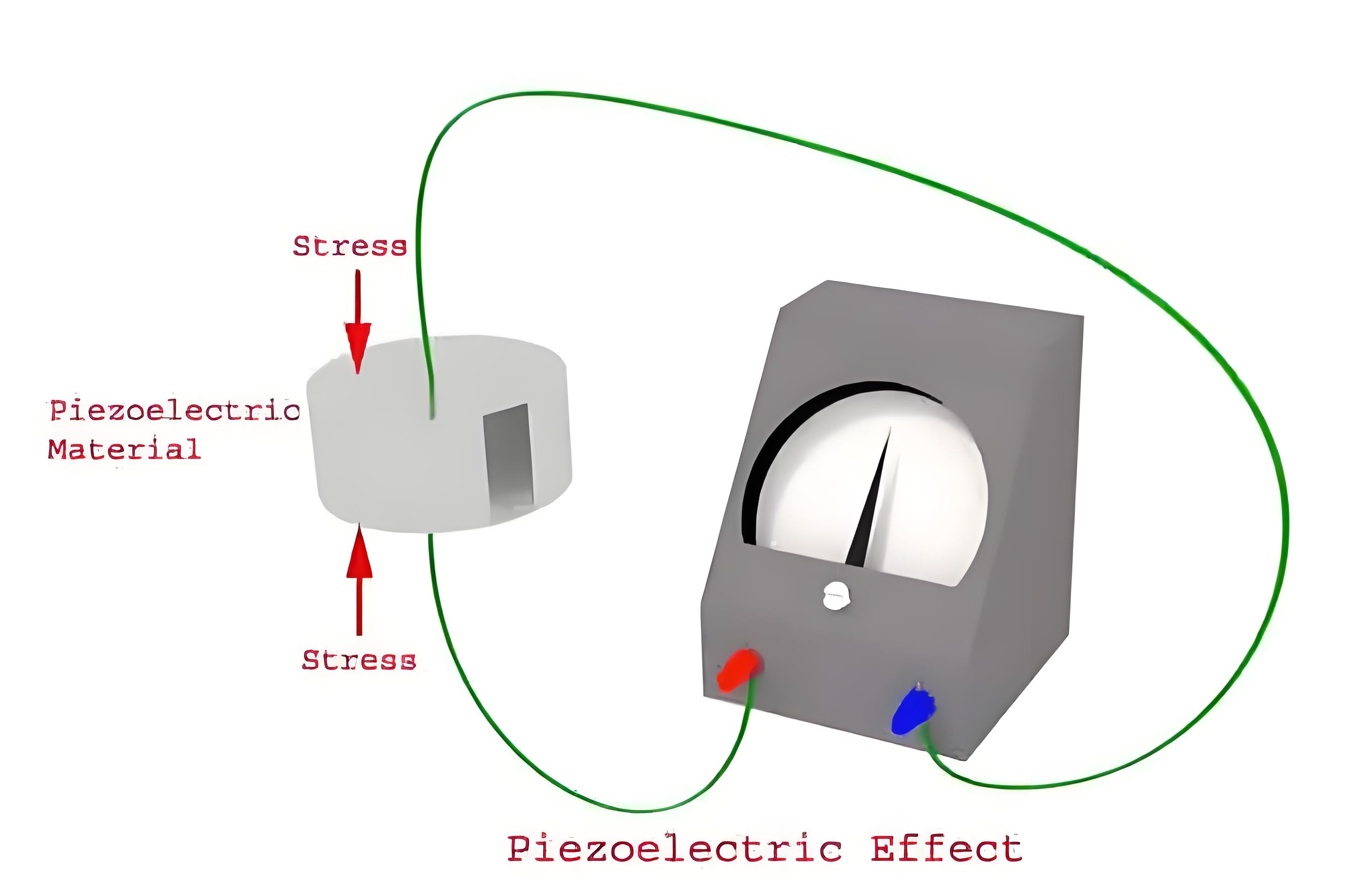What is a Piezoelectric Transducer ?
What is a Piezoelectric Transducer ?
Piezoelectric Transducer Definition
A piezoelectric transducer is a device that converts physical pressures like force or acceleration into an electric charge.

Working Principle
The piezoelectric effect allows these transducers to generate voltage when mechanical stress is applied, which is then used to measure that stress.

Material Properties
Piezoelectric materials like quartz crystal are essential for the transducer’s function, responding uniquely to mechanical stresses.
Reversibility and Sensitivity
This technology not only detects forces but can also apply forces when voltage is introduced, demonstrating high sensitivity and versatility.
Advantages
No need for an external force
Easy to handle and use as it has small dimensions
High-frequency response it means the parameters change very rapidly
Disadvantages
It is not suitable for measurement in static condition
It is affected by temperatures
The output is low so some external circuit is attached to it
It is very difficult to give the desired shape to this material and also desired strength
Application Diversity
In microphones, the sound pressure is converted into an electric signal and this signal is ultimately amplified to produce a louder sound.
Automobile seat belts lock in response to a rapid deceleration is also done using a piezoelectric material.
It is also used in medical diagnostics.
It is used in electric lighter used in kitchens. The pressure made on piezoelectric sensor creates an electric signal which ultimately causes the flash to fire up.
They are used for studying high-speed shock waves and blast waves.
Used infertility treatment.
Used in Inkjet printers
The Electricity Encyclopedia is dedicated to accelerating the dissemination and application of electricity knowledge and adding impetus to the development and innovation of the electricity industry.













